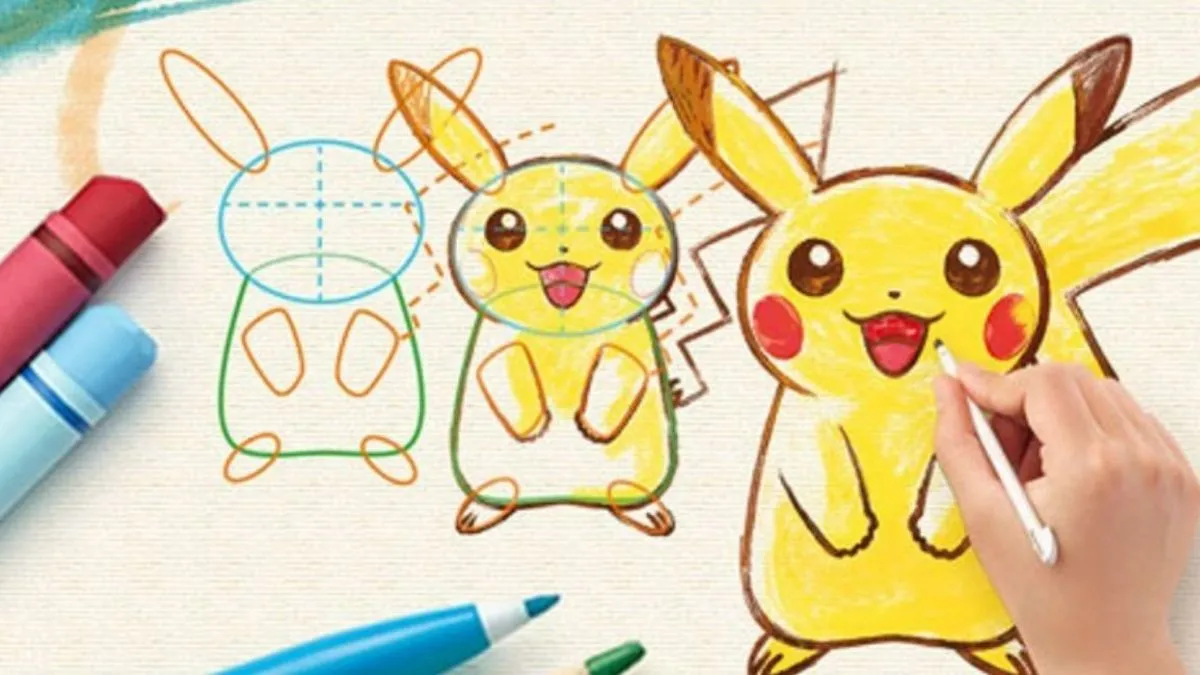Pokemon are some of the most enjoyable cartoon characters for artists of all ages and skill levels to capture in their own masterpieces. However, you may be surprised at just how easy some of these Pokemon can be to recreate! We’ve rounded off and listed up the ten easiest Pokemon to draw, so follow along below to catch some helpful tips to fill out your paper Pokedex and become the next Tracey Sketchit.
I also strongly enjoy art as a side hobby, so for the fun of this article, I’ve pulled out my iPad and Procreate app to tag along with you in the sketching fun. I’m no Pokemon art master, so they’re by no means perfect, but I’ve included my own fun, simplistic little doodles at the end of each critter’s entry. Feel free to use them as reference or inspiration for your own works. Also, don’t be afraid to erase and change things as you go and put your own personal spin on things; I sure do!
Voltorb & Electrode
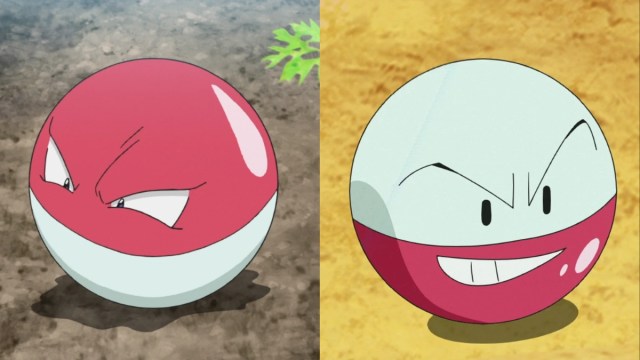
What could be more easy than starting your Pokemon art journey by sketching out some simple spheres? Luckily, that’s pretty much all Voltorb and its evolution, Electrode, are! These two Pokemon are shaped and colored very similarly to Pokeballs, meaning the main aspects you’ll have to focus on are the circular shape of the bodies and the definitive eyes/faces to really bring these Electric Types to life. The main shapes that make up these two Pokemon can be completed in very few steps, which makes them the perfect choice to doodle as a practice run or to warm up your eye for detail.
Tips for drawing Voltorb & Electrode:
- Remember, these Pokemon are 3D spheres, not flat 2D circle shapes. Think about how you can show this through pose, lighting, and shadows!
- Including a slight bend in the circle shape above the eye on Voltorb when drawing it at an angle can help sell this ‘3D’ look and really emphasize the angry eyes of this Pokemon.
- Shading and highlights can also be used to make these simplistic Pokemon look a lot more detailed.
- Extra lines around the edge of the bodies and near the eyes can make these Pokemon look more like they have ‘faces’ and can portray the stubborn, explosive personalities of these Pokemon with more clarity.
My Voltorb and Electrode drawing:
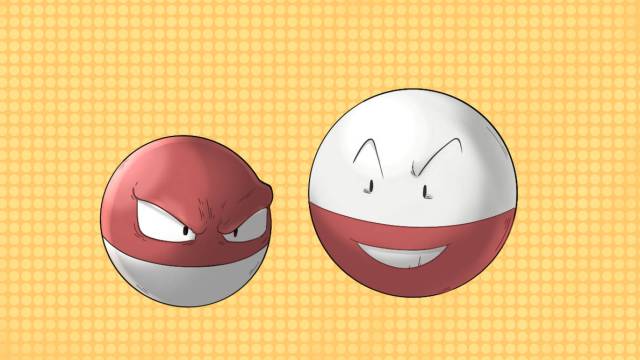
Ditto
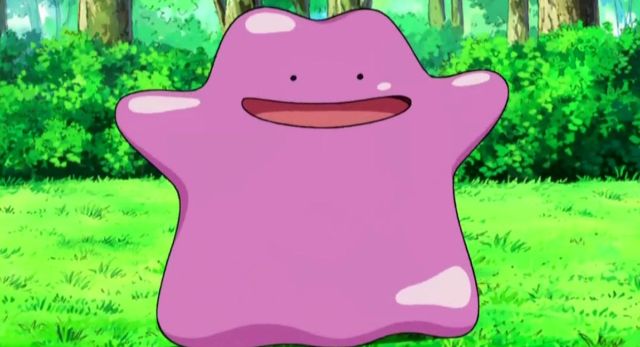
The fun thing about drawing Ditto is the fact that this simple little blob has the ability to bend and manipulate its body into any blob-like shape, as well as shapeshift into any Pokemon. This makes drawing Ditto extremely entertaining, as there is essentially no right or wrong body shape for this Pokemon to have; have fun and get creative with the shape of your Ditto blob!
Tips for drawing Ditto:
- Consider how a blob-like body like Ditto’s may move or shape differently for different scenarios. Will the blob be stretching up, sinking down, or even lying splattered across a surface to sleep?
- Remember, pretty much any blob-like shape can be turned into Ditto, so don’t worry about making things perfect!
- Ditto has very simple dotted eyes and a simple, lined mouth. However, this can also be turned into a frown, an open grin, or a little gasp of shock to portray emotion in your Ditto!
- If you’re feeling up for a challenge, you can even draw Ditto impersonating another Pokemon! This can be done by replacing the Pokemon’s facial features with Ditto’s eyes and mouth.
My Ditto drawing:
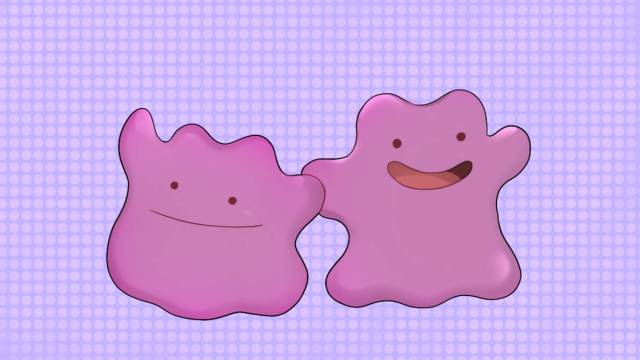
Gastly
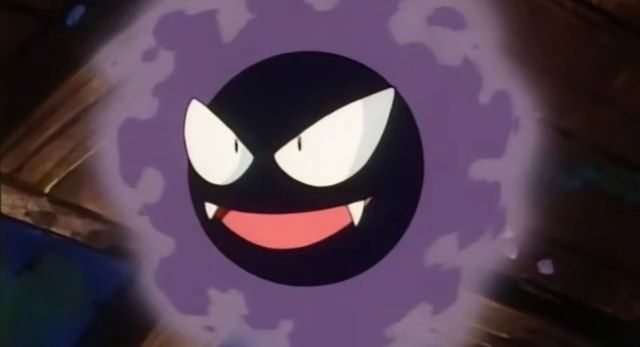
Another Generation One classic and the beloved pre-evolution of Gengar, Gastly is a very simple-shaped ghost creature that makes a perfect Pokemon for budding artists to take on. To draw Gastly, you’ll need to combine your skills of drawing circular shapes and cartoonish eyes from Voltorb and Electrode with your blob-shaped body of Ditto to form Gastly’s orb-like form and a ghostly, wispy cloud of smoke.
Tips for drawing Gastly:
- Gastly’s eyes overlap/sit outside of the circular body, almost popping out like a cartoon.
- There are small, pink/red colored lines surrounding Gastly’s eyes that add an intense look to its stare.
- Gastly’s wispy, cloud-like exterior often has a soft, ghostly glow surrounding it. If you’re using traditional art tools, this can be pulled off by blending white colors or ink close to your lines. If you’re taking a digital art approach, try adding this outline on a separate layer underneath your other lineart. Now play around with opacity and luminance on your layer effects to recreate this effect.
- Gastly’s two fang-like teeth always poke out of its mouth, no matter if it is closed, open, or even if it has its long tongue sticking out.
- Try adding extra pieces or wisps breaking off from Gastly’s surrounding, ghostly cloud-like shape. Try recreating this to create movement and bring more life into the creepy little guy!
My Gastly drawing:
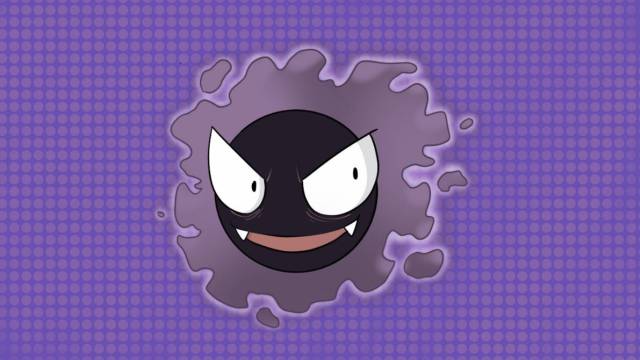
Oddish
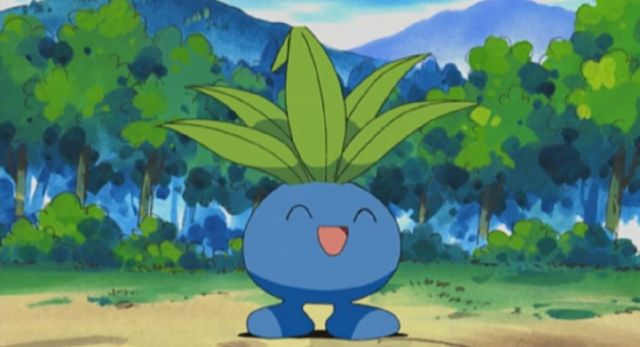
Much like Gastly, Oddish keeps things simple with the majority of this Pokemon being made up from familiar circle shapes. The most important thing about drawing this Grass-Type Pokemon is getting the arrangement of its long leaves correct and making sure the circular body smoothly transitions and connects into those little blue feet. I’ve included a couple of tips to help you nail these aspects below:
Tips for drawing Oddish:
- Oddish has five leaves in total; one at the center of its front head, one each at side of this center leaf, and two more behind the front left and right leaves.
- Oddish’s feet are attached as one part of its body, rather than separate limbs.
- Oddish has small, beady red eyes with no black coloration within.
- Oddish’s body is shaped less like a perfect orb or circle and more like a slightly squished oval or berry shape.
My Oddish drawing:
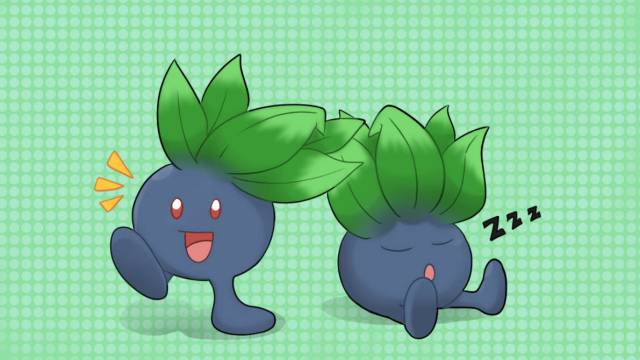
Jigglypuff
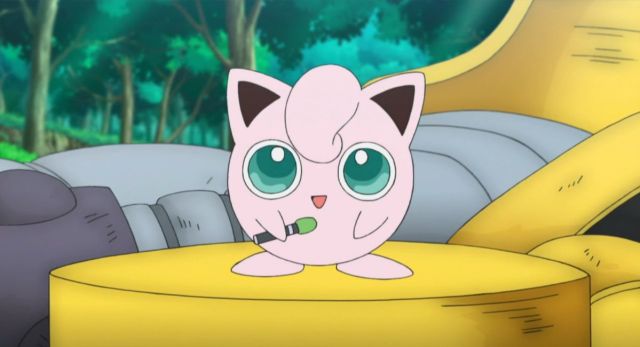
Jigglypuff’s round, balloon-like body shape makes it a great Pokemon to practice your drawing skills. Much like Oddish, you’ll want to begin your artwork of Jigglypuff by creating its circular body shape and then two evenly sized circular eyes. Once this is done, complete Jigglypuff’s face with a little mouth. Now you can build on top of your base body to add the remaining limbs, such as the arms, legs, ears, and hair curl; remember to erase sections of the original body lines as you need while adding these in!
Tips for drawing Jigglypuff:
- Jigglypuff’s hair curl is always drawn curled into the body, rather than out, no matter which way the Pokemon is facing.
- Jigglypuff’s eyes are usually portrayed as being as symmetrical as possible in artwork and animation.
- Jigglypuff likes to sing! That iconic microphone may be the perfect addition to your piece or inspire the perfect pose for your sketch.
My Jigglypuff drawing:
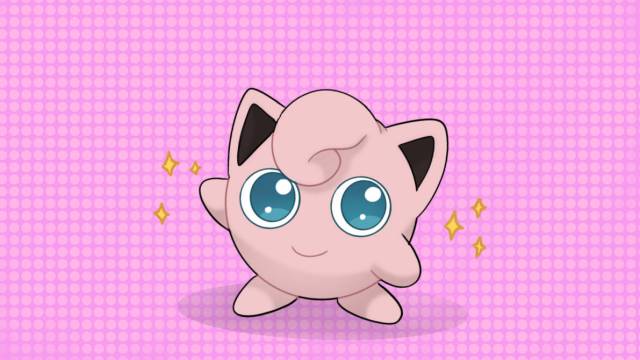
Wooper
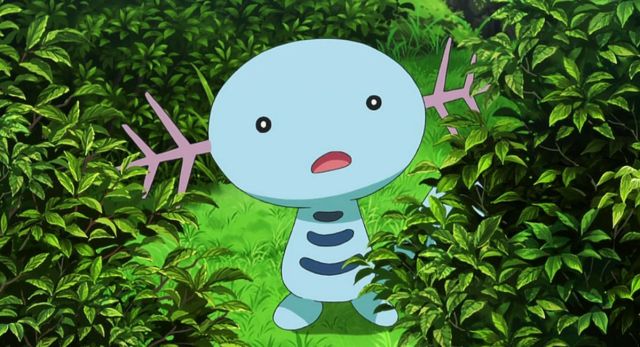
Wooper is a hilarious little Pokemon who is loved by many. The fun yet simple shapes of this Pokemon and the blank, ‘head empty’ look on its face make it an entertaining and fun Pokemon for your masterpieces, to say the least. Wooper has a large, oval-shaped head and a small, hourglass-shaped body with small, circular feet and a flat, rounded tail. The most challenging details on this little axolotl are the little antennae-like cheek gills, so be sure to take your time when inking these out.
Tips for drawing Wooper:
- Embrace the silliness of this Pokemon! Wooper is often shown with quite a blank little stare or a large, exaggerated open-mouthed smile, so use these to your advantage to bring personality to the little guy.
- Wooper’s tail is somewhat flat with a rounded shape, similar to that of a beaver.
- Each of the three stripes on Wooper’s belly gets slightly longer as they move down his body, with the top stripe being the smallest.
My Wooper drawing:
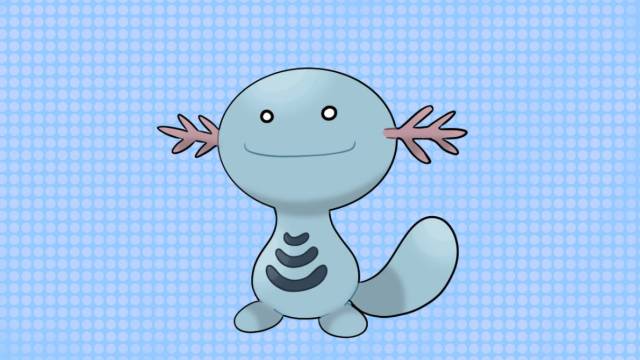
Togepi
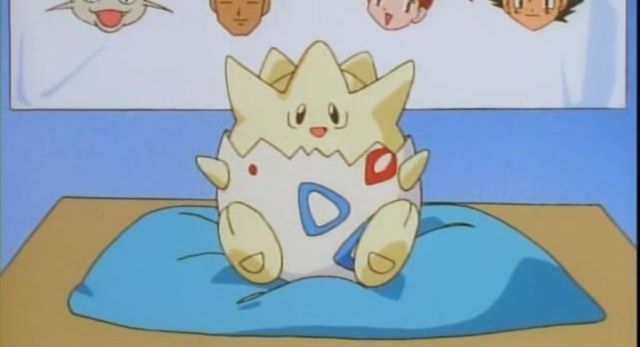
Togepi is an adorable baby Pokemon consisting of simple circular and triangular shapes. This makes this cute Fairy-Type a great choice for any illustrator to recreate in their own artwork, as the body and limbs are fairly simple to replicate, and the face holds no intricate details. The most important aspects to focus on with Togepi are making sure you get the shell to cover the correct amount of face and matching the simple pattern on this shell.
Tips for drawing Togepi:
- There is a distinguished pattern for Togepi’s shell, so try to follow the red and blue markings as accurately as possible. There are three red markings and two blue markings in total.
- Togepi has six triangular spikes on its head, three on the front, a circular top of its head in the middle, and then three in the back, forming a crown-like shape. However, one of these (the back center spike) is usually hidden from view.
My Togepi drawing:
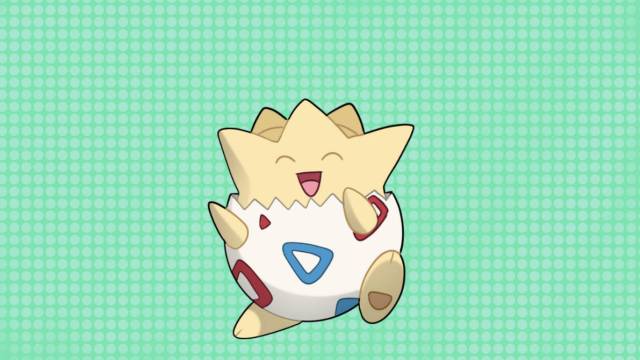
Rowlet
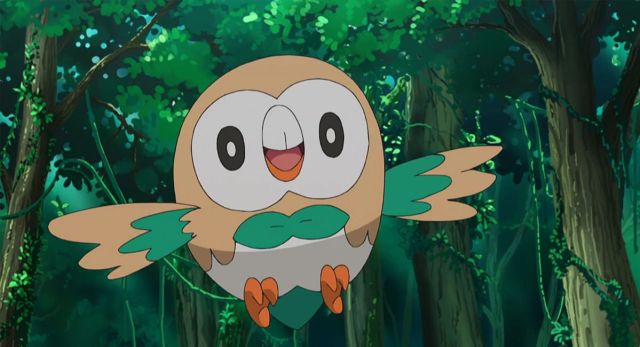
Rowlet is a small grass owl Pokemon that makes the perfect candidate for starting to lean into drawing simple Pokemon with a few more shapes and details. For Rowlet, ensuring that you get his leafy bowtie centered in the middle of the body can help you to align all of the other details and limbs, such as the wings and feet, in proportion to the body.
Tips for drawing Rowlet:
- Rowlet has small green feathers on the underside of the wings, but this is only shown when the wings are spread, or Rowlet is flying.
- Much like an owl, Rowlet can turn its face 180 degrees. This creates a lot of opportunities to draw this little Grass-Type with some hilarious poses or expressions.
My Rowlet drawing:
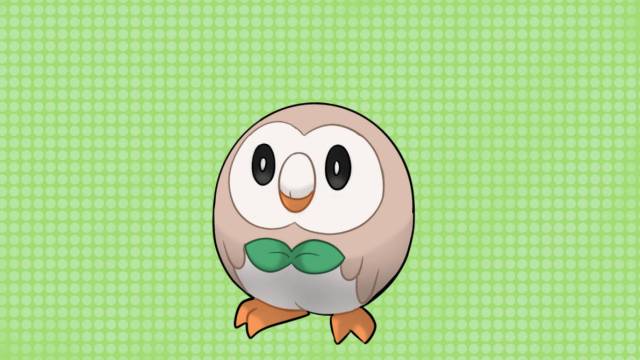
Snorlax
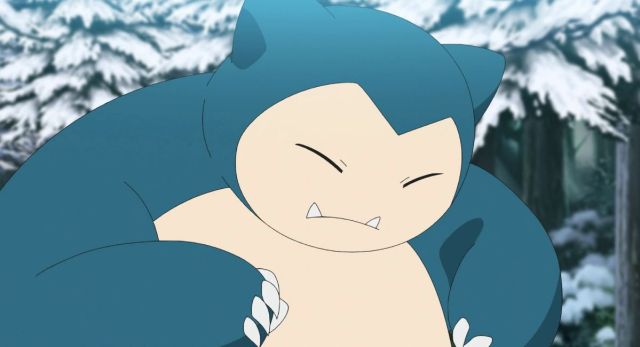
Snorlax is one of the most iconic Pokemon, known for its lazy habits of falling asleep and blocking the pathways to various routes and cities in the Pokemon games. Luckily, Snorlax’s body is created from a combination of simple shapes, so drawing this big fella can be easier to pull off than most of the more complex Pokemon designs. The easiest pose that you can draw Snorlax in also just so happens to be this familiar sleeping pose, as you can start with the large shape of Snorlax’s body and add the other limbs and head onto this shape, similar to the technique suggested for Jigglypuff.
Tips for drawing Snorlax:
- Snorlax is a big, lazy Pokemon. It can often be found lying on its back or side, sleeping. However, Snorlax can sit and stand up, so have fun drawing this big guy in various poses.
- Snorlax’s eyes always remain closed, no matter if he is awake or asleep.
- Snorlax’s two bottom fang-like teeth constantly stick out of its mouth and are the only teeth seen inside when its mouth is opened.
My Snorlax drawing:
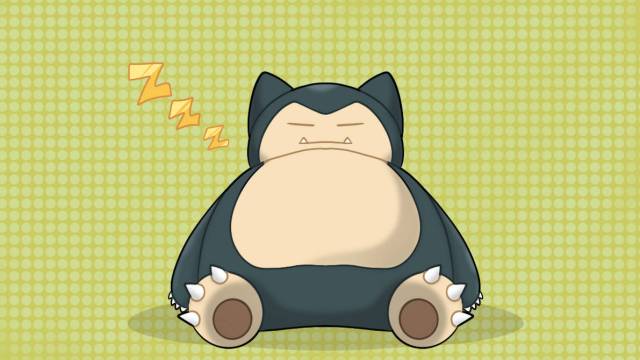
Pikachu
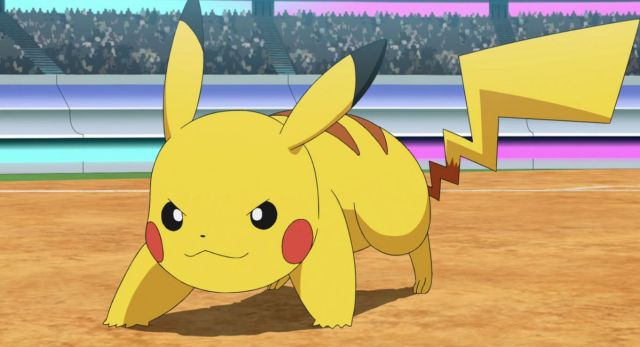
How could the list be complete without the franchise’s mascot, Pikachu? There’s a reason he’s the mascot, after all; he has a very recognizable yet easy-to-replicate design, meaning he’s fairly easy to draw. To draw Pikachu, I like to start with his face and get that curved circular shape down before adding his rounded, pointy ears. I then move on to the body shape, making sure to focus on the bottom curves where his little legs are located. Lastly, I add the feet, arms, tail, and markings, and Pikachu is complete and ready for battle!
Tips for drawing Pikachu:
- Pikachu can stand on two legs or crouch on all fours for battle, depending on the scenario. Don’t be afraid to experiment with different poses or even draw Pikachu using one of its classic attacks.
- Male and female Pikachu have different tail shapes. Ash’s Pikachu is a male, indicated by the straight end of the lightning-shaped tail, while female Pikachu tends to have a rounded, heart-shaped edge to their tails.
- Pikachu has two brown stripes on its back that curve around to the sides of its body. These can usually only be seen from an angle and are hidden from front-view shots.
My Pikachu drawing:
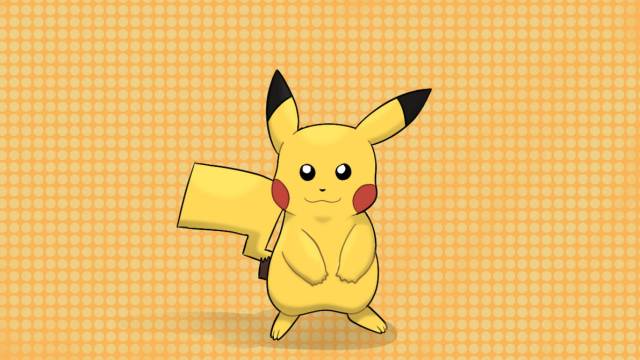
That’s it for the 10 easiest Pokemon to draw. Now that you’ve begun your Pokemon art journey and mastered drawing these creatures, you can start to experiment with creating more complex Pokemon species in your own style. Why not take on the mission of illustrating some of the Legendary Pokemon? After all, these are some of the most interesting and complex designs within the entire franchise, meaning they’re perfect for challenging and testing your artistic skill.
